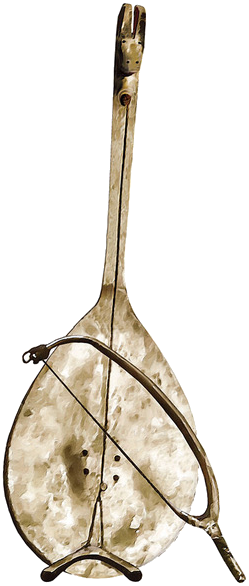This essay considers the orality of ritual texts written in the Naxi dongba script from southwest China. Historically, the inherent orality of these texts has been largely ignored in favor of seeing them as a kind of visual “hieroglyphics.” Here, a case will be made that the Naxi texts represent an intermediary stage between the “oral” and the “written,” questioning the existence of a stark divide between orality and literacy.
